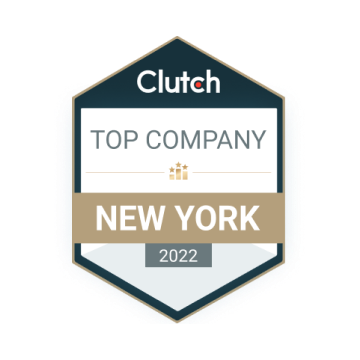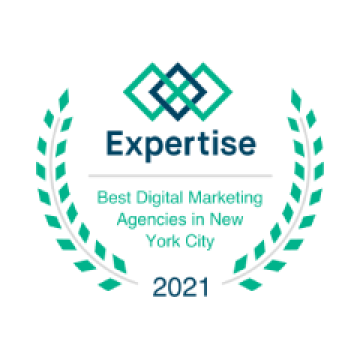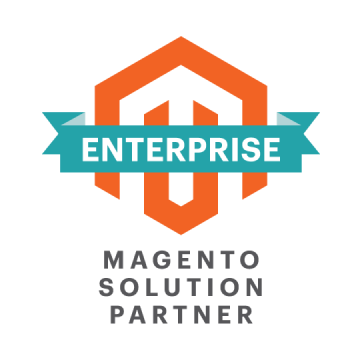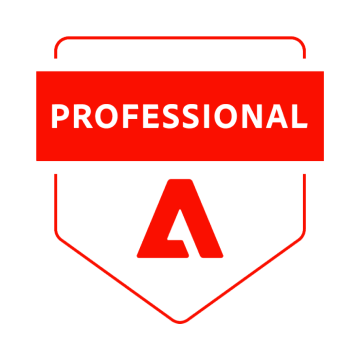Insurance Web Design Services
We design and build B2B websites that turn complicated risk conversations into clear digital flows – coverage education, quote/bind, claims intake, and broker collaboration – so your team captures qualified submissions without extra back-and-forth. Our work connects the public site with policy admin and CRM (Guidewire, Duck Creek, Sapiens, Salesforce), rating engines, document generation, and role-based portals, so data moves from prospect to bound policy with fewer manual steps.

Our Offerings
Discovery, Stakeholders & Information Architecture
We interview underwriting, claims, distribution, compliance, and IT to map real journeys: product education → appetite check → quote/bind → endorsements → claims. That input turns into a content model (products, industries, states, brokers, documents) and site architecture that brings critical proof – forms, filings, COIs, loss-run guidance – into view early. The result is a blueprint your teams can maintain without rework.
UX & UI for Quote/Bind and Coverage Education
Complex questions become clear, step-by-step forms with smart branching, so buyers and brokers can complete submissions in one pass. We design coverage pages that translate endorsements, limits, and exclusions into scannable modules with links to specimen forms. For energy lines and specialty risk, appetite checks, class codes, and required evidence sit next to the CTA to reduce clarification emails.
CMS & Headless Development (WordPress, Drupal, Next.js)
Editors get reusable blocks for products, states, filings, and FAQs with role-based reviews for legal and compliance. Headless setups support multi-brand or multi-region publishing from a single source of truth. Redirects, versioning, and scheduled releases make it simple to launch state updates or new endorsements without breaking links.
Core Integrations: Policy Admin, Rating & CRM
Forms post structured data to Guidewire, Duck Creek, or Sapiens; rating engines return indications; and CRM (Salesforce, Dynamics, HubSpot) records submission details the sales team actually uses – industry, limits, deductibles, state, broker. Document generation and e-sign tools can attach specimen forms, binders, and invoices to the right record. Routing by territory or product moves work to the correct underwriter without manual triage.
Claims Intake & FNOL
First Notice of Loss flows capture the essentials quickly – policy, location, cause, documentation – then hand off to your claims system with clean metadata. Photo and document uploads, status lookups, and role-specific messaging cut cycle time and reduce phone support. Accessibility patterns keep forms usable on mobile in tough conditions.
Document, Compliance & State Management
Specimen forms, endorsements, and notices live in a structured library with state tagging and effective dates. Editors can update a form once and publish it across relevant products and states. Site search and filters help brokers and insureds find the right document without contacting support.
Technical SEO for Product & State Pages
Clean URL patterns, schema for Organization, Product, and FAQ, plus XML sitemaps give product, industry, and state pages a solid baseline. Internal links connect coverage pages to industries, case evidence, and broker resources. Editorial standards prevent duplicate or thin content during frequent regulatory updates—useful for enterprise-scale insurance website design.
How We Bring Value To Your Business
Here’s how the website lifts submission quality, shortens cycle time, and keeps underwriting, claims, and distribution in sync.
1
Higher-quality submissions with fewer clarifications
Quote and bind flows use appetite checks, smart branching, and file uploads (loss runs, COIs, engineering reports) so buyers and brokers provide complete information in one pass. Required fields map to your policy admin and rating engines, cutting follow-up emails and rework for underwriting.
2
Faster broker alignment and channel visibility
A broker portal centralizes appointment requests, appetite guides, and state variations. Producers can track submission status, download current collateral, and get updates when forms or filings change. Distribution teams spend less time chasing updates and more time moving qualified deals forward.
3
Clean handoff from marketing to underwriting and sales
Forms post structured data to Guidewire, Duck Creek, or Sapiens and log the submission in Salesforce or Dynamics with fields your teams actually use – industry, limits, deductibles, territory, broker. Routing rules send cases to the right underwriter by product and state, while acknowledgments set next steps automatically.
4
Lower support load for documents and state changes
Specimen forms, endorsements, notices, and compliance documents live in a searchable library with state tags and effective dates. Editors can update a document once and publish to the correct products and jurisdictions. Self-serve search reduces inbound tickets and speeds renewals.
5
Performance and accessibility under real-world conditions
Pages stay responsive during peak renewal periods and on slow networks. Claims intake (FNOL) and quote flows follow WCAG 2.2 AA patterns, with clear error handling and mobile-friendly inputs, so policyholders and brokers can complete tasks without switching devices.
6
Decision-grade analytics across the insurance funnel
Tracking aligns to events that matter: quote start/complete, appointment request, document download, FNOL submit. Dashboards show drop-offs by step, which pages drive qualified submissions, and how channels contribute to bound policies – giving leaders a clear plan for the next quarter’s roadmap.
Challenges We Commonly Solve
Here are the blockers we tackle so your site supports submissions, broker relations, and claims with less friction.
Remove bottlenecks from quote to claim.
Why Choose WiserBrand
We focus on the parts of your site that accelerate submissions, reduce re-keying, and give leadership clear data for the next quarter’s plan.
1
Connected to your insurance stack
We integrate public flows with core platforms – Guidewire, Duck Creek, Sapiens, and CRM (Salesforce, Dynamics, HubSpot). Quote, appointment, and FNOL forms post structured data that matches rating and policy fields, while routing sends cases to the right underwriter by product, limit, and state. Document generation and e-sign can attach specimen forms, binders, and invoices to the correct record, so teams work from one source of truth.
2
Built for quote/bind, claims, and state content
Editors manage products, states, endorsements, and notices through a componentized model. Each item carries state tags and effective dates, so a single update can roll out across all affected pages. Searchable libraries help brokers and buyers locate the exact form they need, cutting support load and keeping compliance material current during frequent regulatory changes in insurance.
3
Reporting that mirrors the policy funnel
Tracking aligns to events that matter: appetite check, quote start/complete, broker appointment, document download, FNOL submit. GA4 and dashboards connect website behavior to CRM and policy milestones, revealing drop-offs by step, pages that drive qualified submissions, and the experiments most likely to grow bound premium and reduce cycle time.
Cooperation Models
Choose the engagement model that fits your roadmap and internal capacity – launch, ongoing growth, or an embedded team that works beside IT, underwriting, and distribution.
Best when requirements are clear: redesign or replatform, quote/bind and FNOL flows, broker portal basics, document library, and core integrations (Guidewire/Duck Creek/Sapiens, CRM). We align on a statement of work with milestones for discovery, UX/UI, development, content migration, QA, and go-live. Payments track deliverables, and change requests follow a simple approval path so timelines stay predictable. This model suits insurance programs with defined compliance dates or state rollouts.
For teams that need steady improvements after launch. We run monthly sprints with a rolling backlog: new products or states, filings and specimen updates, CRO tests on quote steps, performance work, SEO for product/state pages, broker portal enhancements, and analytics updates. Quarterly goals map to submission volume, appointment requests, and FNOL completion, with clear reporting in GA4/Looker Studio.
A dedicated squad (PM, UX, front-end, back-end, SEO/analytics) integrates with your tools and ceremonies. The shared backlog can span the public site, producer portals, document management, and integrations with rating and policy admin. Capacity scales with renewal cycles and product launches, and governance stays simple: one roadmap, clear ownership, defined SLAs.
Our Experts Team Up With Major Players
Partnering with forward-thinking companies, we deliver digital solutions that empower businesses to reach new heights.
Our Approach
From kickoff to go-live, we follow a predictable sequence that reduces rework and keeps marketing, underwriting, claims, and IT moving in sync.
Discover & Map Journeys
We interview underwriting, claims, distribution, compliance, and IT to document real paths: product education → appetite check → quote/bind → endorsements → renewals → FNOL. We audit the current site, forms, analytics, and content inventory, then inventory platforms (Guidewire/Duck Creek/Sapiens, rating engines, Salesforce /Dynamics/ HubSpot). Success metrics, risks, and review gates are agreed up front.
Information Architecture & UX
We define a content model for products, states, industries, endorsements, documents, and broker resources. Wireframes cover the critical flows – coverage pages, appetite checks, quote steps, broker onboarding, document search, and FNOL. Forms use branching logic, inline validation, and file uploads for loss runs, COIs, and engineering reports. Prototypes are tested with internal users so field names and steps match how work is processed.
Build & Integrate
The selected stack (WordPress/Drupal or headless with Next.js) is implemented with a reusable component library. Quote, appointment, and FNOL forms post structured data to policy admin or rating APIs and log submissions in CRM with the fields teams rely on (limits, deductibles, territory, broker). Routing rules direct cases by product and state. Technical SEO foundations are set early: clean URL patterns, schema (Organization, Product, FAQ), sitemaps, and a performance budget to keep flows responsive.
Content, Compliance & QA
Content is migrated with redirects. State-specific forms and endorsements get effective dates and tags, so a single update can roll out across the right pages. We run cross-browser/device testing, mobile network checks, accessibility reviews against WCAG 2.2 AA, and end-to-end tests for quote and claims paths. Editors receive training on templates, approvals, and versioning.
Launch & Iterate
Go-live follows a staged rollout with monitoring for form throughput, error rates, and page speed. Dashboards track events that matter – appetite check, quote start/complete, appointment request, document download, FNOL submit. A 90-day plan targets quick wins: reduce quote drop-off at specific steps, expand document search, refine broker portal onboarding, and improve load times on high-traffic product/state pages.
Case Studies
Our case studies highlight the outcomes we’ve delivered and the approaches that made them possible.
Insurance Web Design Services FAQ
WordPress suits marketing-led editing; Drupal fits complex permissions and many content types; a headless setup with Next.js helps when you need multi-brand or multi-channel publishing. We migrate content and set up approvals in any case.
Yes. Quote, appointment, and FNOL forms post structured data to Guidewire, Duck Creek, or Sapiens, while rating engines return indications. Submissions log in Salesforce or Dynamics, and document generation/e-sign can attach specimen forms, binders, and invoices to the right record.
A structured library uses state tags and effective dates. Editors update a form or endorsement once and publish it across the correct products and jurisdictions. Redirects and versioning keep links stable.
A focused redesign with common templates and standard integrations typically runs 10-14 weeks. Heavier custom integrations or multiple portals can add 2–4 weeks.
GA4 events map to key actions-appetite check, quote start/complete, appointment request, document download, FNOL submit. Dashboards in Looker Studio highlight drop-offs by step, pages that create qualified submissions, and the next set of improvements to prioritize.
